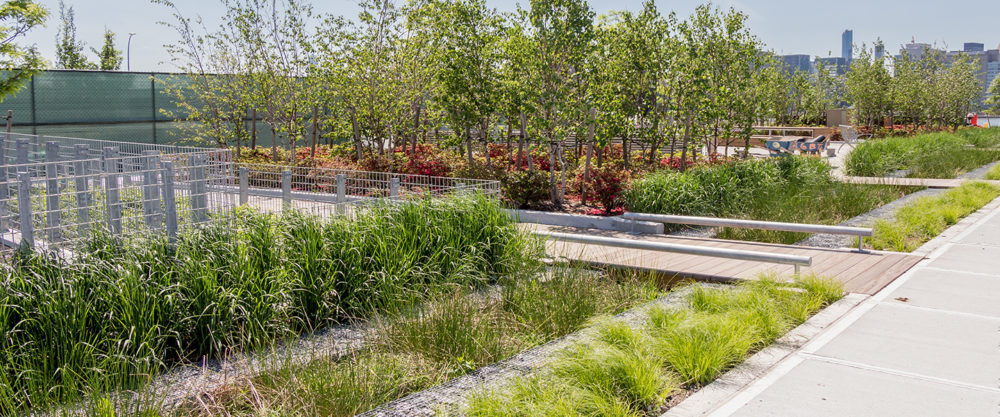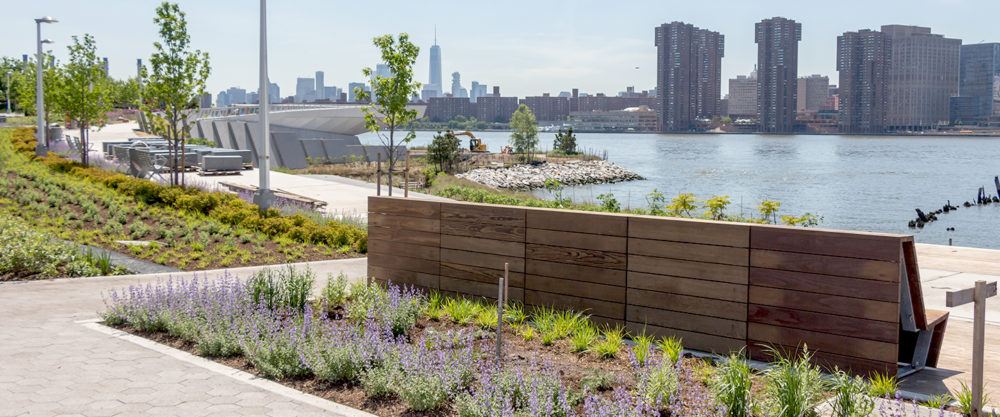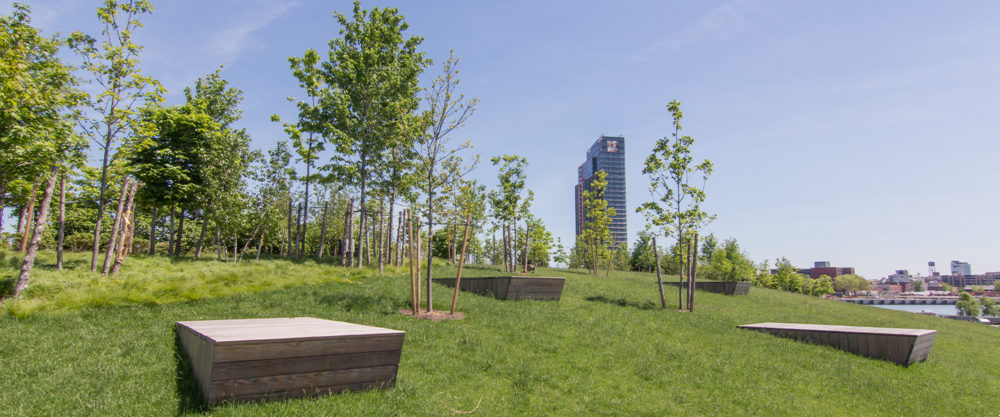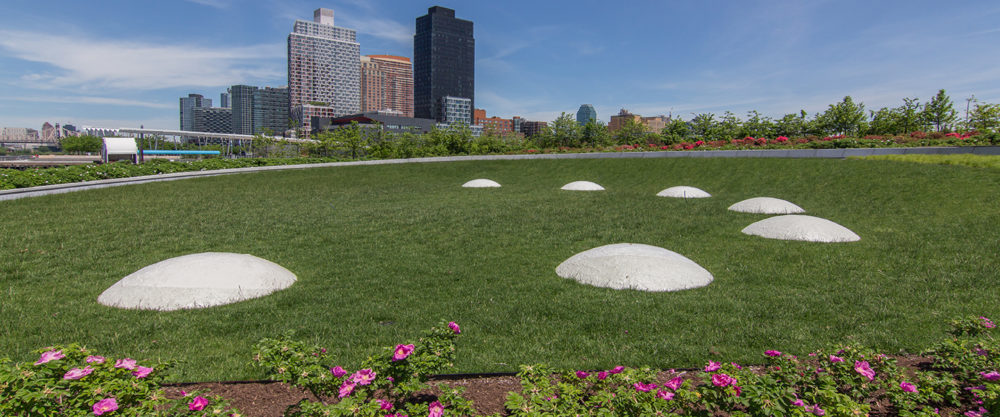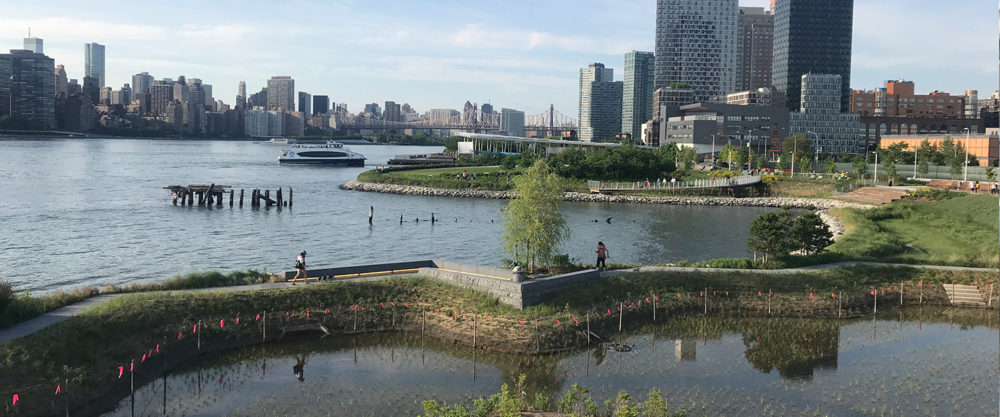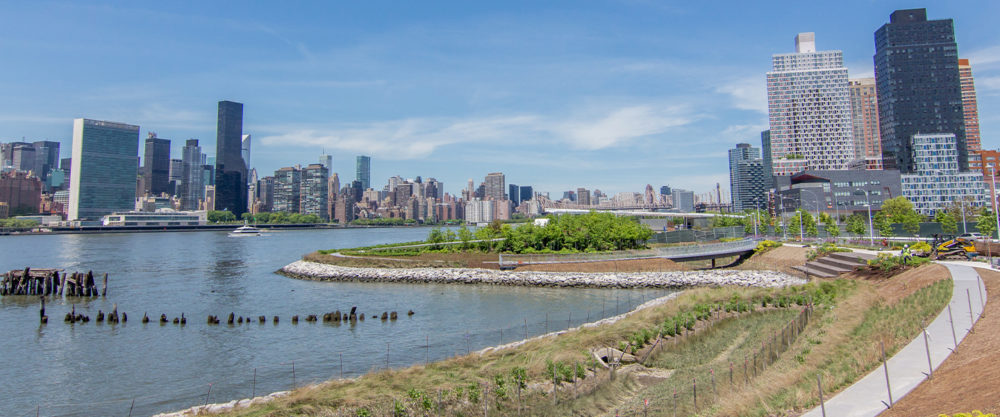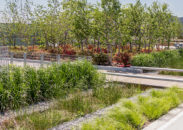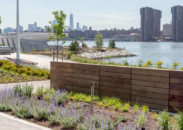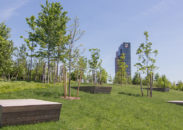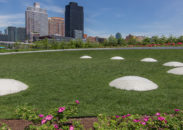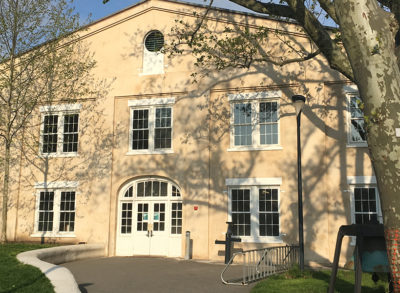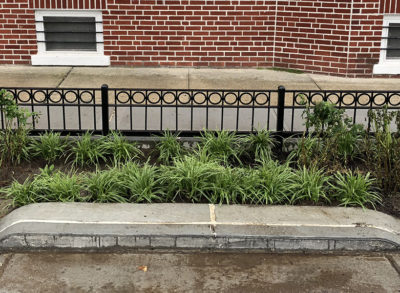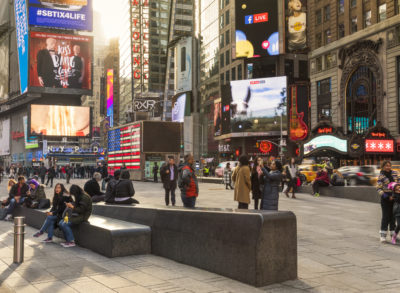Overview
The Hunter’s Point South Phase II site was originally part of a much larger parcel that was abandoned and marred with years of illegal dumping, which was transformed into a sustainable urban community that includes a waterfront park. LiRo-Hill provided construction management and resident engineering inspection services for the project.
About the Project
The previously finished phase of the community consisted of mixed-use, middle-income housing, retail stores, community facilities, and a new public school. LiRo-Hill’s services on that phase included preconstruction tasks such as providing logistic plans, engineers estimates, design reviews, and providing dewatering discharge permits.
Similar to Phase I, work in Phase II included all infrastructure improvements such as roadways, storm and sanitary sewers, water mains, and street lighting in accordance with NYCDDC, NYCDEP, and NYCDOT standards and specifications requiring close coordination with these agencies.
Construction scope included shoreline stabilization and waterfront bulkhead; roadways, walkways, and bicycle paths; utility installations and lighting; and landscaping, streetscaping, and recreational amenity installation. The project incorporated numerous water and power conservation features.
Project Challenges & Solutions
The project was constructed on an aggressive timeframe. Several innovations enabled the schedule to be met. Although the construction contracts for Phase I were held by the Economic Development Corporation (EDC), Phase II was a CM/Build contract that provided LiRo-Hill with the maximum flexibility to coordinate the project. The early issuance of bid packages for clearing and rough grading were key, as test pits and resultant information obtained during that work was then incorporated into subsequent contracts. Environmental investigations were previously conducted during Phase I, and a Remedial Action Plan was in place with NYCDEP. However, during Phase II, one hot spot containing lead was identified; the CM team identified a facility that would receive and dispose of the hazardous material, as well as prepare the required manifests. Due to poor soil conditions underneath roadways and along a retaining wall terrace, surcharge piles were constructed. The piles were constructed of excess embankment material already on site, and by performing this work under an earlier contract, allowed the soil to settle without interfering with the project schedule.
A key asset was the development of base utility contracts between NYCEDC and the utility companies. Typically, the negotiation of specific project contracts with the utilities is completed by a construction manager or contractor after the construction contracts are let, and the negotiation can delay the construction schedule. In this case, base contracts were negotiated in advance by EDC, and the work was added as change orders to the CM/Build contract, thus streamlining the process. This project was NYCEDC’s first project to utilize Joint Bid Agreements and has since been a template for future infrastructure projects.
In addition, LiRo-Hill oversaw an extensive preconstruction review process with the design team and EDC before any work was bid. LiRo-Hill developed both engineer’s estimates to confirm the design team’s estimates, as well as constructability reviews to identify issues that had the potential of negatively affecting the project. The bid packages finalized after the reviews were tightly coordinated and resulted in optimal bids.
Outcome
More than 6.5-acres were added at two parks, with features including sustainable elements such as bioswales and tidal marsh wetlands, approximately 500 trees, 9,500 shrubs, and 25,000 sf of lawn space. Other unique features include a kayak launch and an overlook pedestrian bridge that has become one of the city’s next sought-after photo locations with unobstructed views of Lower Manhattan.
The park was designed with added resiliency and anticipated major storms and has been praised in design publications as the “poster child” for resiliency in waterfront parks. Instead of utilizing concrete walls and buttresses, the shoreline is protected by a buffer of wetlands utilizing native plantings. Over 3,000 linear ft of stone revetment was installed along the shoreline to dissipate wave action of the East River but also allows the wetlands to be inundated during high tide to ensure their vitality.
Bioswales were installed along the Park perimeter abutting the roadway to alleviate the city sewer drainage, in addition to the use of porous concrete in sidewalks. Care was taken to select plants that could withstand the brackish river water.
